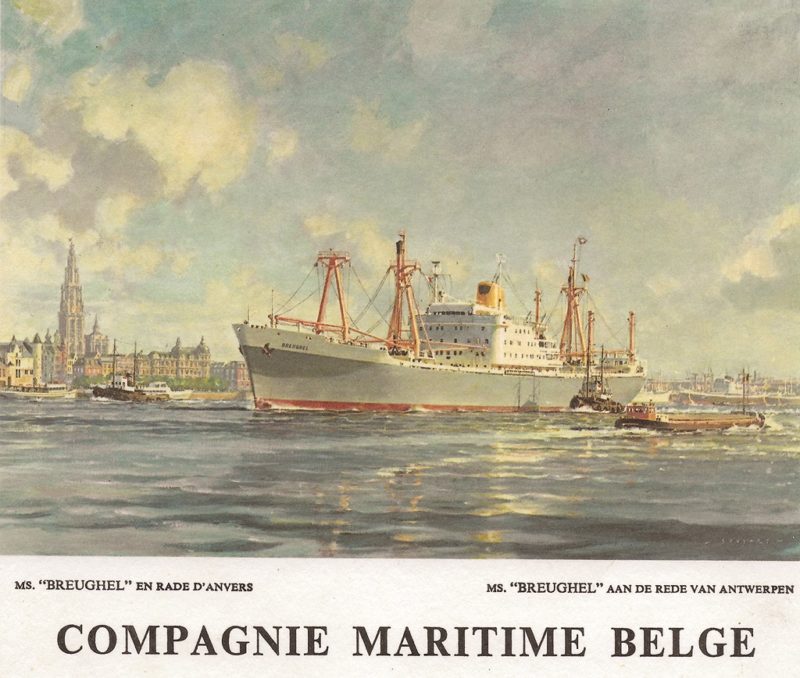
During the 1960-70s Hong Kong became the world leader for demolition and breaking of ships, with major shipbreaking facilities located at Junk Bay and later at Gin Drinkers Bay (where the container Terminals are now situated). Of course, Japan, Korea and Taiwan also had a share of the market, but they came nowhere close to the dominance of Hong Kong at that time. China was a bit slower off the mark, mainly due to the political unrest that prevailed and backlash of their ‘Cultural Revolution’. The reality was, not until the beginning of the 1980s did China fully open its door to the commercial world and really start to expand and become a major player in the field of ship demolition.
By the late 1970s Hong Kong had out played its prime position and the pendulum had swung in the direction of Taiwan and Mainland China. This was due in part for the never-ending need in Hong Kong for building and land reclamation. Shipbreaking had previously become an important industry in Hong Kong because the market for scrap was directly related to the building industry, which was very buoyant in Hong Kong during these years, where the demand for mild steel bars was already well upward of 20,000 tons per month. To meet this demand for steel it can easily be calculated the tonnage of vessels required to be in the process of demolition at any one time. In addition, there was an increasing demand in south-east Asian countries for mild steel rods and bars, which could only be met in part by Hong Kong at that time. The high value placed on waterside land suitable for development and reclamation in Hong Kong soon outstripped Hong Kong’s capacity, so demolition of ships became less practical and moved elsewhere.
Hence, Taiwan became the kingpin. In particular, the southern port of Kaohsiung quickly developed into a major base for the industry where vessels could be brought alongside makeshift berths, double and triple banked, then, cut down using relatively cheap semi-skilled labour. This was very environmentally unfriendly and dangerous work.

Kaohsiung soon became the World’s #1 graveyard for ships. However, with the increase in environmental awareness and the land supporting these makeshift waterfront enterprises becoming too valuable for demolition, by the late 1980s the mudflats of Pakistan, India and Bangladesh rose to prominence by offering even cheaper labour as well as less stringent environmental regulations and lower taxes. Therefore, Hong Kong as the original destination of choice for ships reaching the end of their economic life and destined for demolition soon faded out in favour of alternative locations within Asia. Eventually Kaohsiung eliminated its involvement as a major player in ship demolition, leaving the Asian market almost entirely to the PRC.
Nevertheless, through the 1980s, Hong Kong was still an active participant in the demolition market, particularly the areas of short-term ship financing in support of Sales and Purchase brokerage, both of which were vital elements for successful deals to be cut.
By the time mid-1980s came around my company which was based in Hong Kong, managed a number of ships. As a consequence we were very actively engaged in all elements of technical and commercial ship management, including such things as insurance, agency, cargo and chartering brokerage, Sales and Purchase, ship financing, crewing and marine operations. The result was that we were suitably connected within the maritime industry which paved the way to become even more involved in the shipbreaking sector. It was also a period of major changes within the shipping world, when shipowners were selling off or in some cases defaulting on ship mortgage commitments, mainly due to high fuel costs and rapid movement towards containerization. Many traditional owners of longstanding suddenly found their tonnage was no longer economic or competitive and sold their ships rapidly at the behest of accountants. The result was that many fledgling ship-owners who acquired these ships did not foresee the rapid changes and quickly became burdened with uneconomic tonnage, causing many financial institutions to repossess vessels over which they held security. This development in the shipping industry triggered contact from various major financial institutions seeking consultation on what could be done with vessels on which they were required to foreclose.
We learned details from financiers who had several foreclosed vessels anchored in Hong Kong and Singapore because of delinquency by owners in meeting various financial obligations. The financial institutions sought a ‘One Stop Shop’ solution in terms of technical and commercial management to assist them to overcome the dilemma. They ideally wanted a full package at a fixed monthly fee for Technical and Commercial ship management with such things as insurance, survey, repairs, crew recruitment and wages, brokerages, port dues and taxes, fuel and lubricants, stores etc., being additional, but invoiced to them at cost.

Subscribe today to read the full article!
Simply click below to subscribe and not only read the full article instantly, but gain unparalleled access to the specialist magazine for shipping enthusiasts.




Comments
Sorry, comments are closed for this item